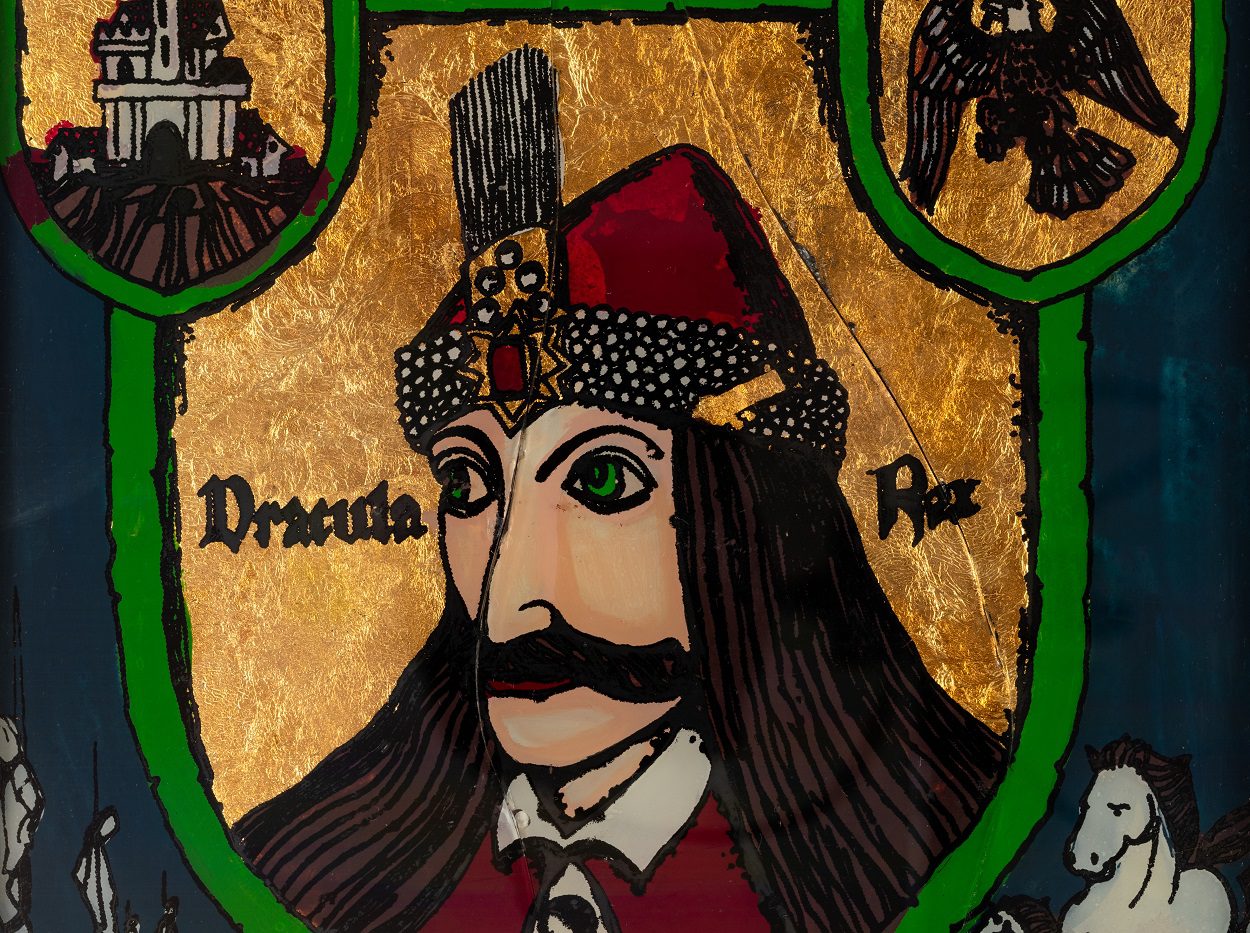Blood
Study suggests Vlad the Impaler suffered from hemolacria “crying tears of blood”
According to a new study by researchers from the University of Catania, Vlad III Dracula, also known as Vlad the Impaler, suffered from hemolacria, a condition that causes a person to produce tears that are partially composed of blood.
Vlad III was the Voivode of Wallachia, a title generally used to describe a medieval ruler or warlord. The second son of Vlad Dracul, (a member of the Order of the Dragons called the Drăculești), Vlad III and his brother were known as “Dracula”, translated as “son of Dracul”.
During his reign, Vlad III is said to have killed 40,000 to 100,000 people (political rivals, criminals, and anyone that he considered “useless to humanity”), mainly by the gruesome act of impaling.
Following a series of skirmishes between Vlad III and the Turks, Mehmed II marched on the city of Târgoviște and discovered the remains of 23,844 impaled Turkish prisoners arranged in concentric circles around the city.
In a description of Vlad III by the papal legate, Nicholas of Modrussy: “he was not very tall, but very stocky and strong, with a cruel and terrible appearance, a long straight nose, distended nostrils, a thin and reddish face in which the large wide-open green eyes were framed by bushy black eyebrows, which made them appear threatening.” Other historical text describe him as having large green eyes and crying tears of blood.
According to the 1972 book “In Search of Dracula”, Bram Stoker (the author of “Dracula”), based the blood sucking vampire on Vlad III. However, this was always contested by Stoker’s son, Irving Stoke, who claimed that the creation of Dracula was due to a nightmarish dream his father had after eating dressed crab.
In a study published in the journal Analytical Chemistry, researchers from the University of Catania have used High-resolution mass spectrometry (HRMS) and coupling EVA (ethylene-vinyl acetate) technology on a series of letters written by Vlad III from the mid-15th century AD.
This approach enabled the team to characterise 100 ancient peptides and protein data of human origin which suggest that Vlad III suffered from inflammatory processes of the respiratory tract and/or of the skin, and a condition known as hemolacria.
Hemolacria causes tears that are partially composed of blood as a result of local factors such as bacterial conjunctivitis, environmental damage or injuries, but can also be indicative of a tumour in the lacrimal apparatus.
According to the researchers: “To our reckoning, this is the first time such research has been carried out and has helped to bring to the limelight the health status of Vlad Dracula the Impaler. It cannot be denied that more medieval people may have touched these documents, but it is also presumable that the most prominent ancient proteins should be related to Prince Vlad the Impaler, who wrote and signed these letters.”
Analytical Chemistry
https://doi.org/10.1021/acs.analchem.3c01461
Header Image Credit : Shutterstock

